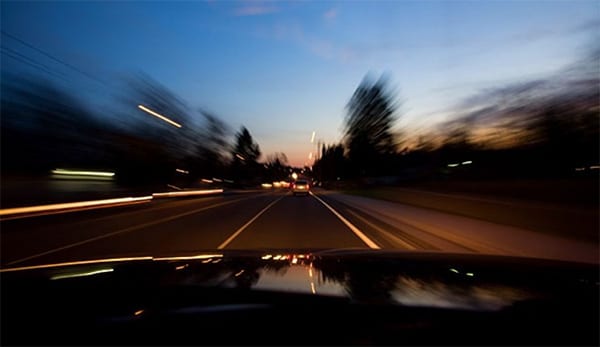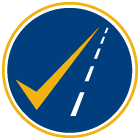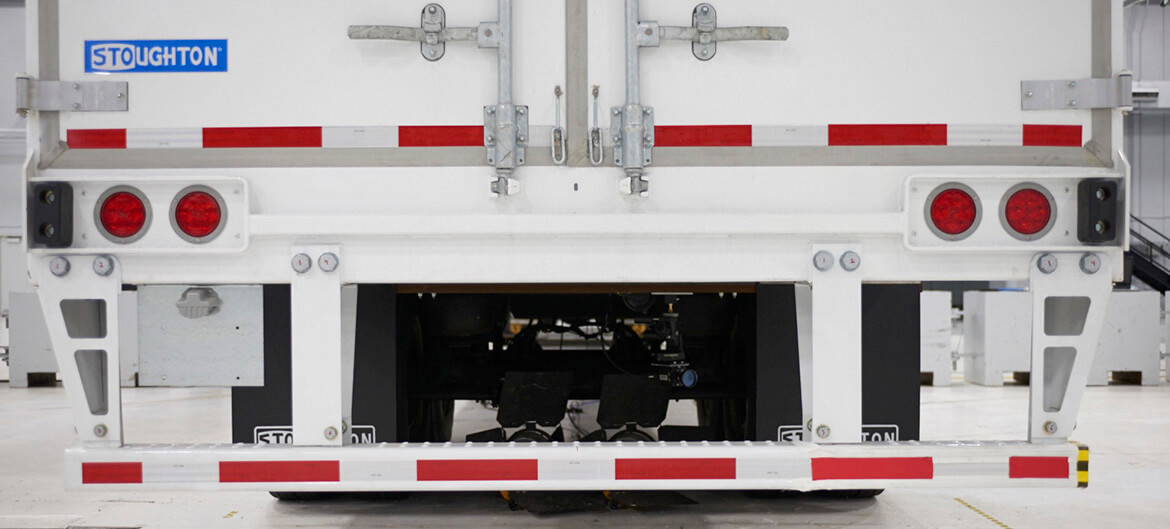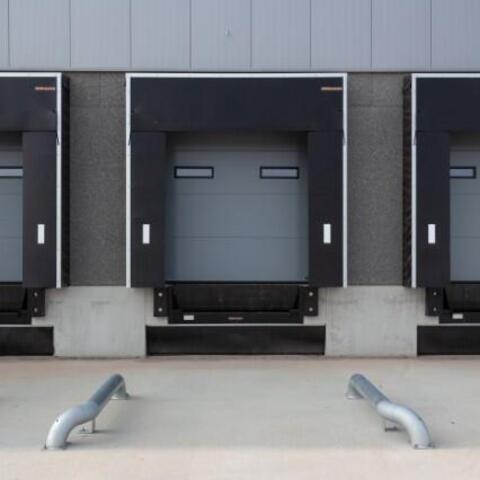Although most driving takes place during daylight hours, more accidents occur at night and most fatal accidents happen at night. The professional driver understands that it takes maximum defensive driving skills to drive safely at night. Add rain to the mix and the risk multiplies. Between 12 midnight and 6 a.m. is the riskiest time for crashes. There are fewer drivers, yet more accidents than at any other time of the day. Many professional drivers have routes or trips that begin or end in darkness. Safe night driving requires preparation, alertness, and a heavy dose of common sense.
What Makes Driving at Night Difficult?
- Poor Visibility – Obviously and naturally, there is less natural light on the road.
- People feel drowsier during darkness than during daytime - It is universal that one tends to feel sleepier at night.
- Silence makes one feel drowsier – If you’re driving alone and late at night, chances are there will be fewer vehicles around. Silence on the road also makes you feel uneasy and consequently sleepy.
- Roadway Lighting - Roadway lighting is often very poor. In rural areas, there is little or no overhead lighting and in urban locations, the lighting may not only be poor but confusing, as well due to neon signs and other distractions. The most dependable lighting will come from your own vehicle.
- People drink mostly at night – That's true and implies to people around the world. For some of them, it’s a habit, while for others it’s a party night.
- Car and truck lights from opposite direction disturb – Direct & sharp light from the opposite vehicle hits the eyes of the driver and can lead to an accident due to temporary blindness.
- For those who are visually impaired – Those who have problems with their eyesight or suffer from night blindness, driving at night is a major challenge
Tips for safe driving at night
-
Condition of Other Drivers- Late in the evening and during the early morning hours is when you are most likely to meet fatigued or impaired drivers. Be alert for motorists that are driving aggressively or erratically during these times. Maintain a safe distance from these drivers and be prepared to stop. If a vehicle comes into your lane head-on, slow down and move your vehicle as far to the right as you can. Never take evasive action into an oncoming lane of traffic.
-
Reduce Your Speed
-
Fatigue, combined with less available light, reduces vision and reaction time. Reduce your speed when driving at night and especially on unfamiliar roads. Maintain a four-second interval when following the vehicle ahead as a space cushion.
-
Make sure your headlights are properly aimed. Check with your service provider or maintenance shop for the proper procedure. During your pre and post-trip inspections make sure that your lights are operational and clean.
-
Keep your headlights and windshield clean. Being able to see other cars and be seen by other drivers helps a lot! If it's bug season, stop and wipe them off at each break.
-
Don't overdrive your headlights. Especially when driving on smaller roads without reflector strips, follow a four-second rule. Take note of where the far reach of your low beams is, then count four seconds. If you pass that original place in less than four seconds, then you are going too fast. Two to three seconds may be an acceptable range for major highways with reflector strips. Remember that posted speed limits are for driving in daylight with dry road conditions.
-
Use high beams wisely. The use of high-beam headlights when there isn't oncoming traffic can extend the time that you must react to hazards. Never use your high beams because the high beams of the oncoming car stay on. This will only increase the chances of a head-on crash.
-
Don't look at oncoming headlights. Focus on the edges of oncoming traffic and bright objects, as staring directly into headlights can blind you for up to five seconds until your eyes adjust.
-
Look around. Keep your eyes moving from side to side, rather than focusing only on the centerline and the road ahead, to help your eyes stay adjusted to the dark and avoid falling victim to "highway hypnosis," a state in which reaction time is greatly impaired.
-
Wear sunglasses during the day. Wearing sunglasses during bright days helps keep your eyes more sensitive for driving in the dark.
-
If you're tired, get off the road and sleep. If you feel sleepy, caffeine can never be a substitute for sleep, nor is loud music or rolling down the windows. Pullover and rest and stop every two hours for a breakout of your vehicle even if you're not feeling sleepy. Don't set out on a trip tired.
-
Do night-driving glasses really work? It is an all-too-common misconception that yellow-tinted or yellow polarized night driving glasses are beneficial for nighttime driving. The thought is the yellow or amber color reduces glare and improves contrast. ... Studies have shown that they impair visual performance and retard glare recovery.
Are you using the Pre-Employment Screening Program (PSP)?
PSP was designed to assist the motor carrier industry in assessing individual operators’ crash and serious safety violation history as a pre-employment condition. A carrier will pay $10 for each requested driver history. An annual subscription fee of $100 also applies. Carriers with fewer than 100 power units qualify for a discounted annual fee of $25 per year. Individuals can request a personal driving history for a fee of $10. No subscription is necessary for individual drivers.
The program is voluntary. It is not part of CSA. Motor carriers may request, through a third-party provider, NIC Technologies, driver information for the purpose of pre-employment screening. The driver must provide written consent. Individual drivers may request their own driver information record at any time. The information will be retrieved from the Motor Carrier Management Information System (MCMIS). MCMIS electronic profiles will contain 5 years of crash data and 3 years of inspection data, however, MCMIS will not include conviction data. To enroll in the PSP go to: www.psp.fmcsa.dot.gov
To view a video on the benefits of using PSP go to: https://www.psp.fmcsa.dot.gov/psp/#modal-video
FMCSA Requires Annual Inspection of Rear Impact Guards
The Federal Motor Carrier Safety Administration has published a final rule to include rear impact guards on the list of items that must be examined as part of the required annual inspection for each commercial motor vehicle. 86 Fed. Reg. 62105 (November 9, 2021).
Section 393.86 of the Federal Motor Carrier Safety Regulations requires rear impact guards to be installed on most CMVs to reduce the incidence of passenger compartment intrusion during underride crashes in which a passenger vehicle strikes the rear of the CMV. In addition, every CMV must be inspected at least once every 12 months.
This final rule amends the Federal Motor Carrier Safety Regulations to include rear impact guards on the list of items that must be examined as part of the required annual inspection for each CMV. The new requirement goes into effect on December 9, 2021.
Have you prepared your terminal facility for the long Thanksgiving holiday weekend?
It is common for thieves to target truck terminals over the holidays, as they know it is a good opportunity while no one is present. Make sure that you take extra precautions to secure the trucks and items of value at your terminal. If your units do not have anti-siphon devices or locking caps, instruct the drivers not to fill the units at the end of the day. Make sure that all security alarms and security lighting is in working order. Walk the perimeter of the lot to make sure that security fencing is in good condition. Move units and all other materials such as pallets, tires, etc. far enough away from the fence so they cannot be used to climb on to get over the fence. Consider blocking the entrance and exits to the lot so units cannot be stolen. Throughout the four-day weekend assign management personnel to check the terminal randomly. Using a little prevention and common sense can deter a thief from striking your facility.











